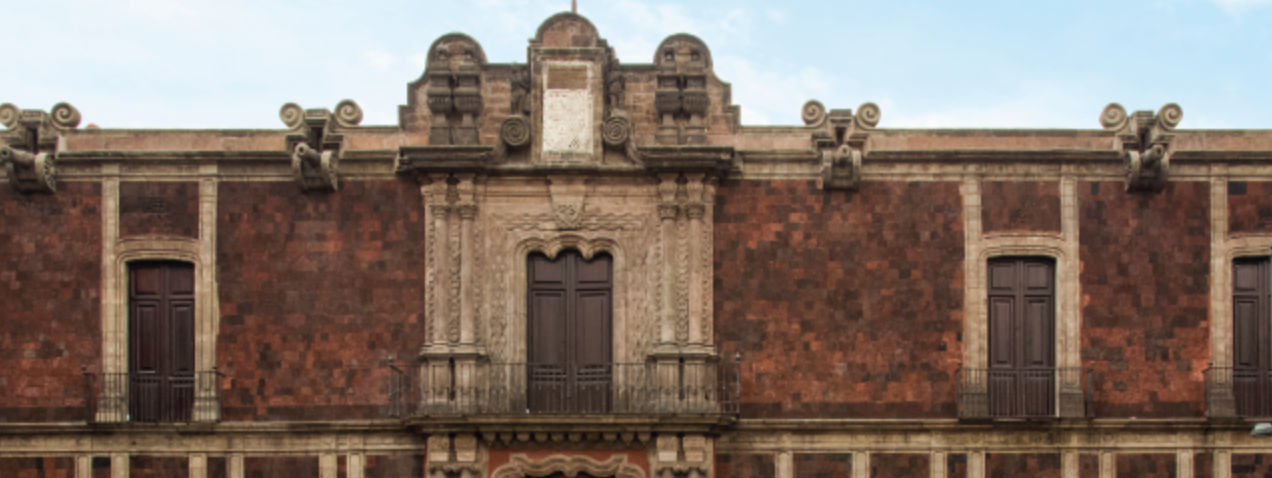
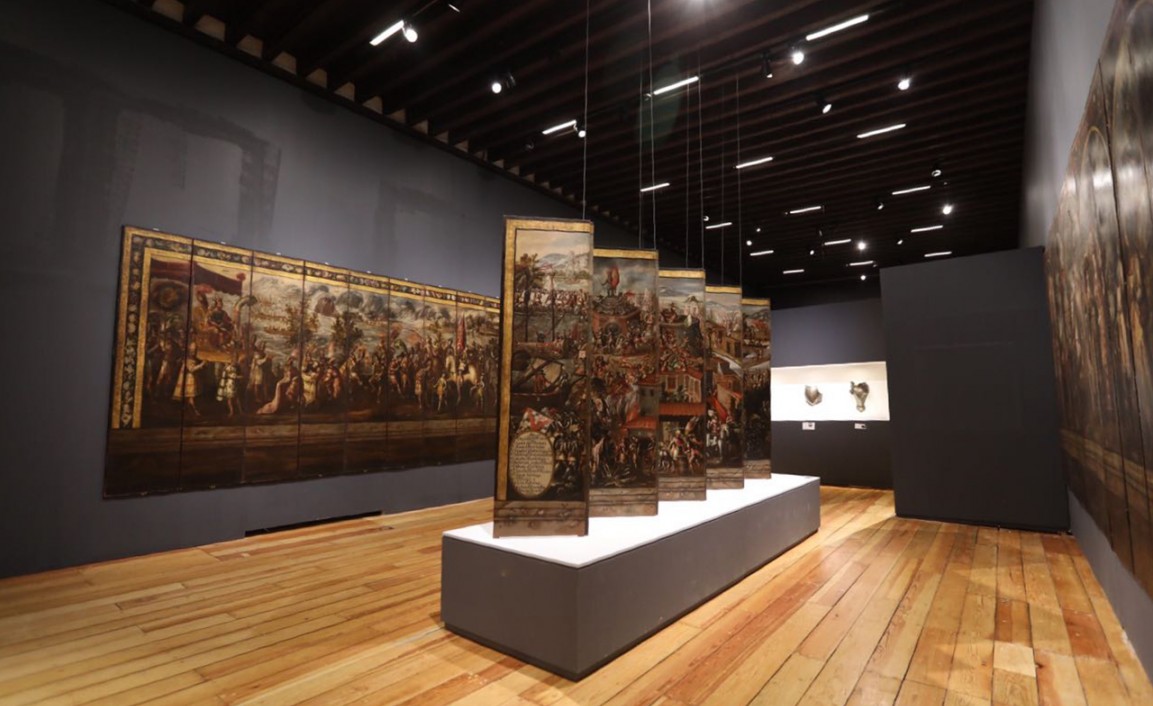
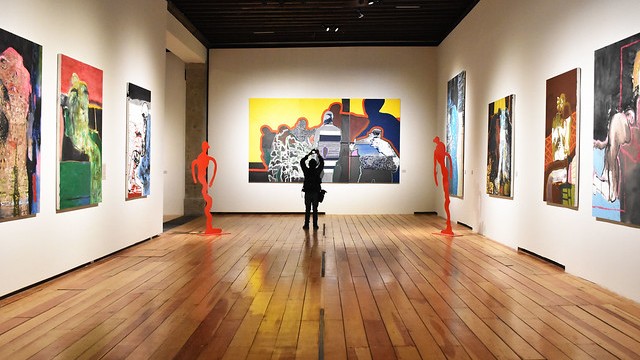


The Museo de la Ciudad de Mexico, literally the “Museum of the City of Mexico” is just a few blocks south of the Zocalo in the city center. In the former palace of the Counts of Santiago de Calimaya who actually descended from Hernan Cortés, it’s a fascinating take on the city. The museum’s purpose is to highlight temporary exhibitions by visual artists who express, through color and technique, the many ways of seeing, experiencing, and feeling Mexico City.
With 26 galleries, the museum’s permanent collection traces the evolution of Mexico City from Aztec Mexico-Tenochtitlan through to the present. Divided into the pre-Hispanic period, the colonial period (16th to 18th century), the 19th century, and the 20th century. Pre-Hispanic galleries contains multiple objects, codices, and maps. The colonial-era, 19th, and 20th century galleries also display items from their time periods, plus furniture, glassware and pottery, and arts including sculpture, paintings, and photography.
The museum also houses part of the studio and music room of Joaquín Clausell who lived here at the turn of the 20th century. The Jaime Torres Bodet library, consisting of some 10,000 volumes, is also housed within the building.
Frequent temporary exhibits are accompanied by educational programs for kids and adults. One gallery is dedicated to the river system in the Valley of Mexico, there is a bookstore, and guided tours take place frequently.

Like many museums in Mexico City, this one is housed in a building as impressive as much of the collection. Completed in 1779 by architect Francisco Antonio de Guerrero y Torres, the counts inhabited the palace only until 1781. By the end of the 19th century and through most of the 20th, the building was adapted and re-adapted for rental to tenants and shopkeepers. Purchased by the city in 1960, the conversion to a museum began soon after. Old rooms were converted into exhibition galleries and by 1964, the Museum of the City of Mexico was opened with the new mission of celebrating what Mexico City had been and what it hoped to be. Reorganized in 1997, it reopened dedicated to exhibitions of the life of the city. Today the museum works in cooperation with the Museo Nacional de Antropología, the Museo de Arte Moderno, the Museo de Virreinato, and the Galería de Historia.
Hours: Open Tuesdays through Sundays, 10 a.m. to 6 p.m.
 museodelaciudaddemexico@gmail.com
museodelaciudaddemexico@gmail.com
 (55) 5522 9936
(55) 5522 9936
 http://www.cultura.cdmx.gob.mx/recintos/mcm
http://www.cultura.cdmx.gob.mx/recintos/mcm
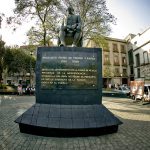
Nearest at 0.08 kms.
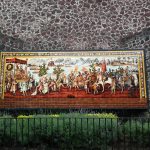
Nearest at 0.08 kms.
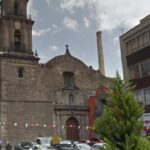
Nearest at 0.11 kms.

One of the most important sites in the city, even today, don't miss the chance to visit the Templo Mayor.
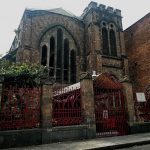
One of Mexico City's best loved old ruins of a church, this one's still got a story.
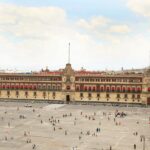
One of Mexico City's proudest, most enormous parts of history, the Palacio dominates the entire east of the Zocalo.

The first Cathedral to have been built in the Americas.
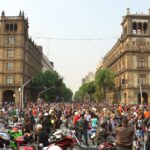
Among the earliest on the buildings on the Zócalo, it's still the seat of City government.